To Stir a Vacant Soup is a series of lecture performances and videos accompanied by a publication on the relationship between autonomy in art and ideology. The lecture performances thematize the relationship between art and knowledge/research, as well as art and its mediation. The works speculate on an anti-ideological art praxis.
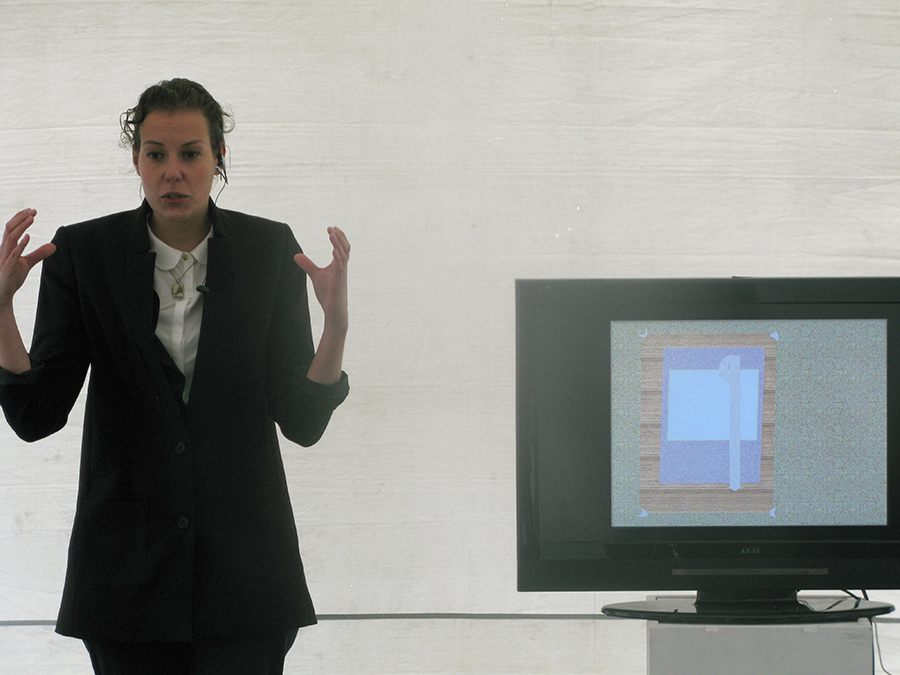
Lecture performance Roeren in een Onbestemde Soep at Stedelijk Museum 's-Hertogenbosch, 2012, Photograph by CBK 's-Hertogenbosch
Lecture Excerpt
How can art remain to be critical, in the current political climate? You already know that our government uses art to get a democratic image. And you also know that art which lends itself for political projects, gives the impression of being useful, or that it should be. Which is the reason why art now has to prove its social relevance on the market. See, art as an abstract concept does not exist. Art is only experienced as art, in a particular state of being. Art is actually constantly caught between
being art, and merging with other domains. Yet art and politics are inextricably connected. Art ís political for creating a specific experience of time and space.
An experience of connection and separation, of inclusion and exclusion in variant forms.
Art is about the other, the particular, and therefore is political.
The primary social needs of an individual in our society are, self-esteem, control over ones life, and trust in the other. The non-satisfaction of this need
translates to superiority of the self, and stigmatization of the other,
craving for authority, order, and conformity, and a distrust of the other.
The belief in progress has the ambition to control everything. But human nature is not reasonable, and in this urge for control, gets denied and destroyed. From this instrumental reason, progress is unthinkable. We impose our urge for control on ourselves and on each other. We suppress whatever makes us non-identical, and we sacrifice our particularity to the masses. Man's dominion over man.The general dominates the particular.
Man becomes alienated from oneself, and from the others. So, seeking freedom, we lose our freedom.
In times of fragmented diversity, mass culture and mass taste flourish. Within democracy, politics and art should not be elitist. The market mechanism tells us what's important.
Overall interest is equated with need. Common individual preferences determine the direction of society. In our rationalist liberalism we assume that we form our individual opinion ourselves. We think that our attitudes, beliefs, feelings and preferences are strictly personal, and that we make rational choices. Values such as individual autonomy, originality and uniqueness are key. Personal creativity is the basis for self-development.
This comes from the idea that a break with collective, traditional, or social constraints yields more freedom. Social boundaries to make rational choices are being overlooked.
Our desire for individualism, leads to conformism.
Fascism is a form of humanism because it relies on a determination of humanity,
to be stronger, more effective than any other. The subject from absolute self-creation,
even if it transcends all the determinations of the modern subject, defines itself as the subject in an absolute sense. Even democracy and humanism centralize people as subjects.
And so, they are fascist. We have to recognize the relativity of our demand for knowledge. And be aware of the ideology that's underneath. When we are aware that knowledge is relative and that it is ideological to want to have an answer for everything,
the question for knowledge gets somehow nullified.
Art is a system of forms that determines what occurs in sensory experience.
Aesthetics is a set of rules for the identification of art.
Aesthetics determines the way in which art in a particular society is defined as art.
There are two forms of politics of aesthetics,
the politics of heteronomy, in which the aesthetic experience is similar to other experiences, and tends to dissolve into them.
And the politics of autonomy, in which art resists not to solve into life.
These two forms of politics of aesthetics are opposite, but both depend on the tension between them.
A critical art must retain the tension of the aesthetic experience that restructures society.
And at the same time retain the tension that withdraws the power of aesthetic sensibility from other fields of experience.
The possibility that enables the artist to intervene in political issues uncompromising,
and to exceed the boundaries of art,
while using apolitical methods and departures.
The fact that alienation can occur in politics, is the power.
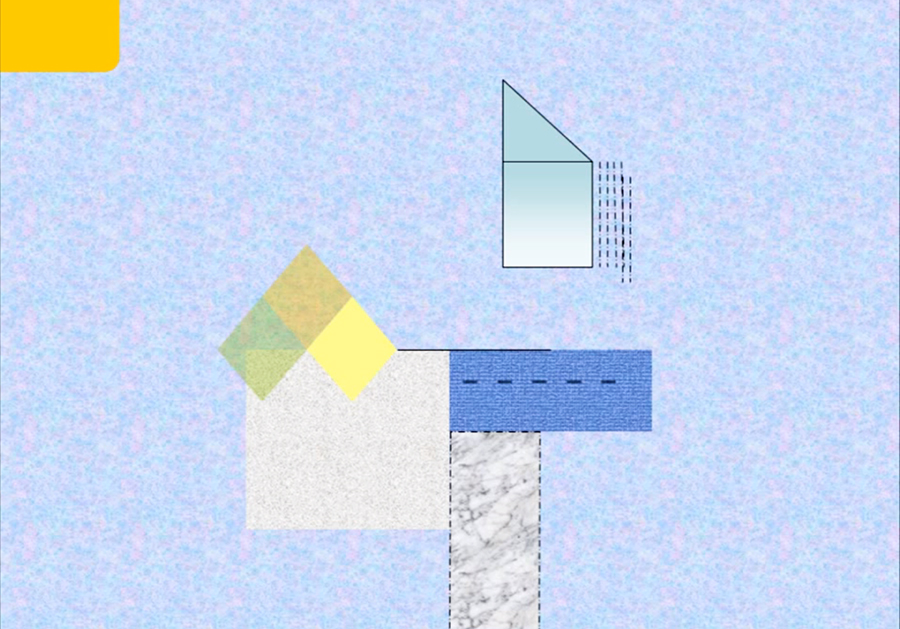
Still from Roeren in een Onbestemde Soep, video full HD video, 4:3, 6'00", 2012
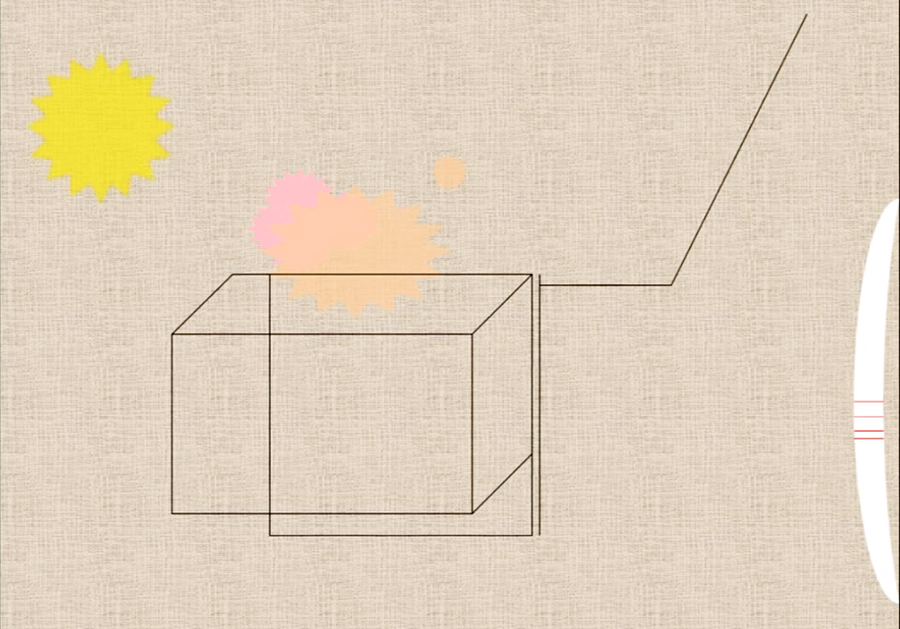
Still from Roeren in een Onbestemde Soep, video full HD video, 4:3, 6'00", 2012
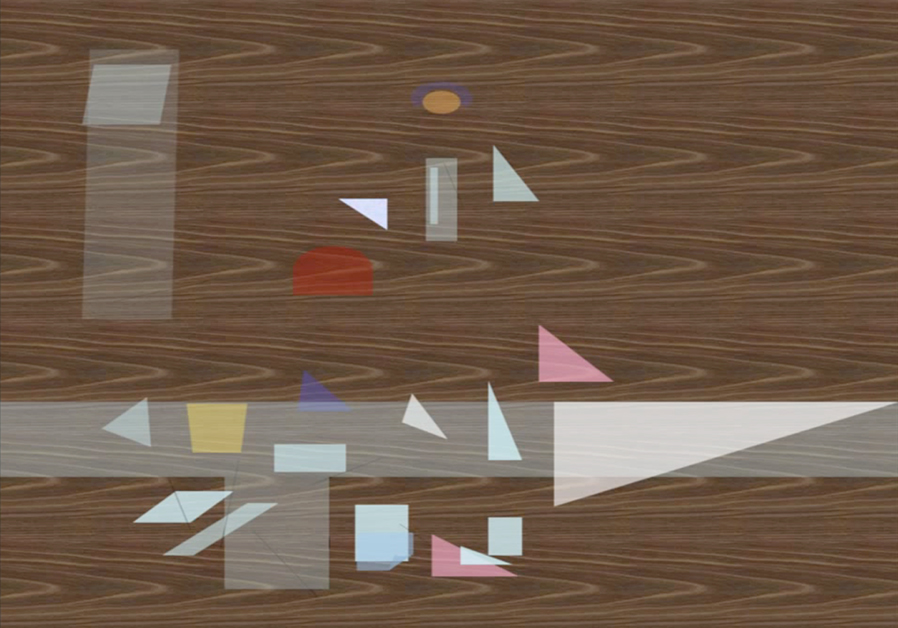
Still from Roeren in een Onbestemde Soep, video full HD video, 4:3, 6'00", 2012
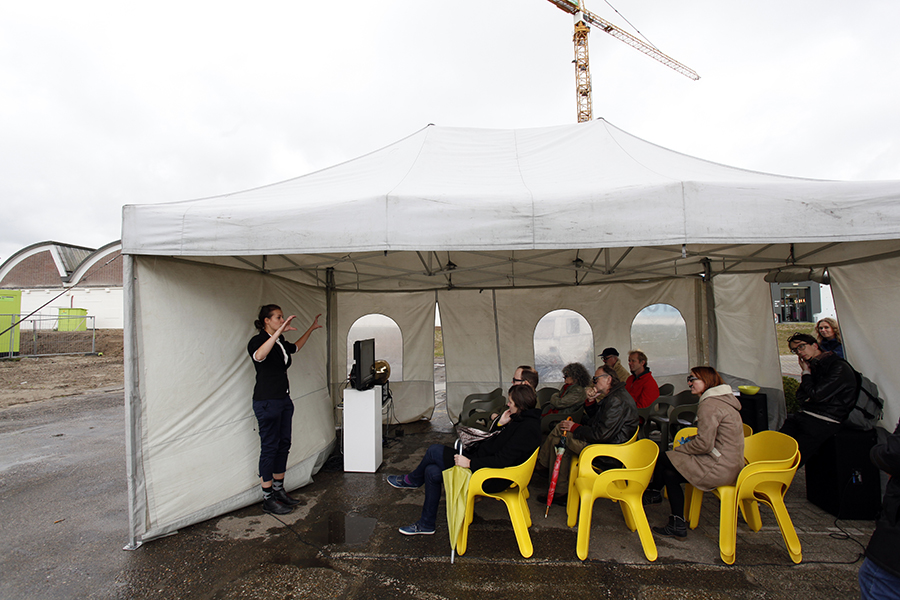
Lecture performance Roeren in een Onbestemde Soep at Stedelijk Museum 's-Hertogenbosch, 2012, Photograph by CBK 's-Hertogenbosch
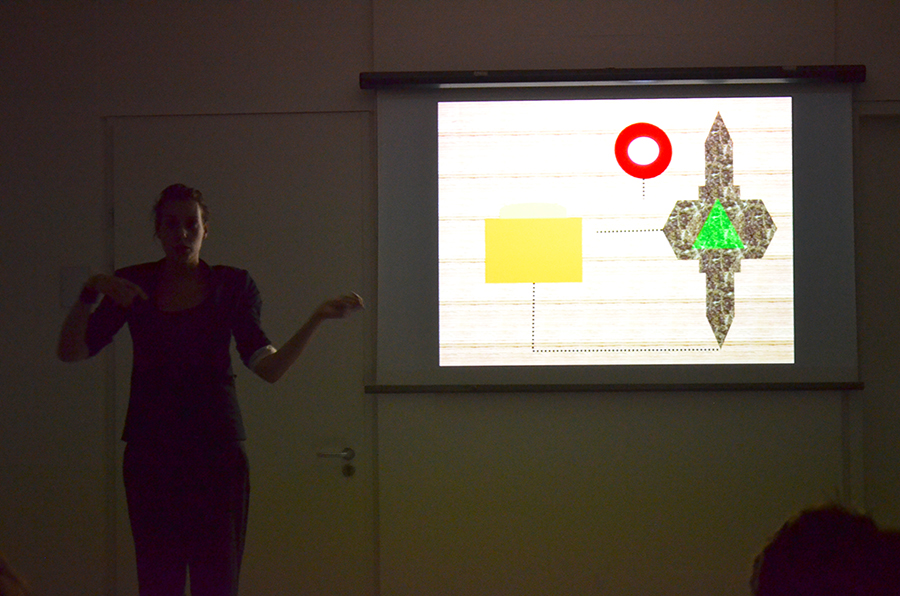
Lecture performance Roeren in een Onbestemde Soep at AKV St. Joost, 2012, Photograph by Daphne Ongenae
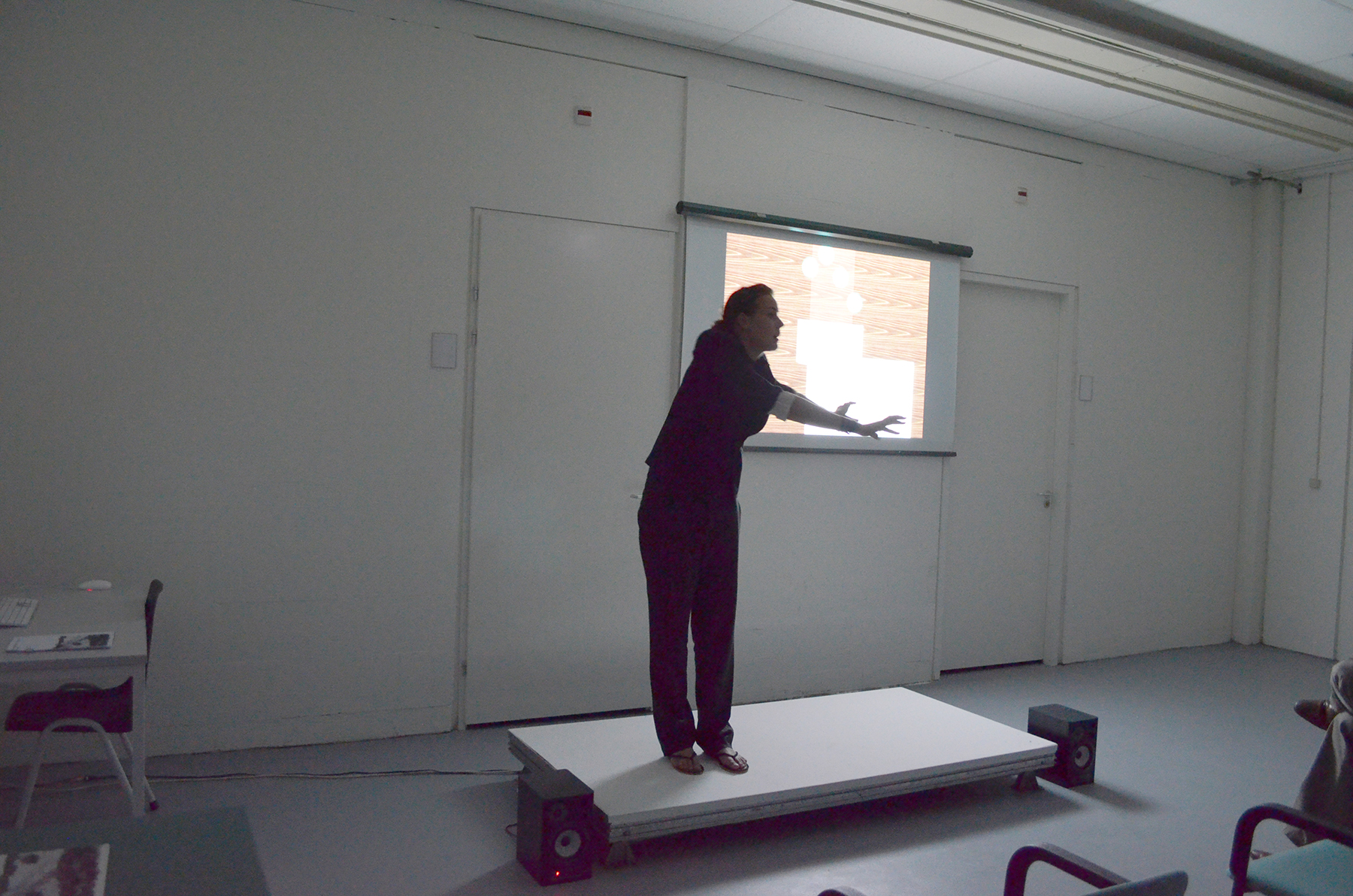
Lecture performance Roeren in een Onbestemde Soep at AKV St. Joost, 2012, Photograph by Daphne Ongenae
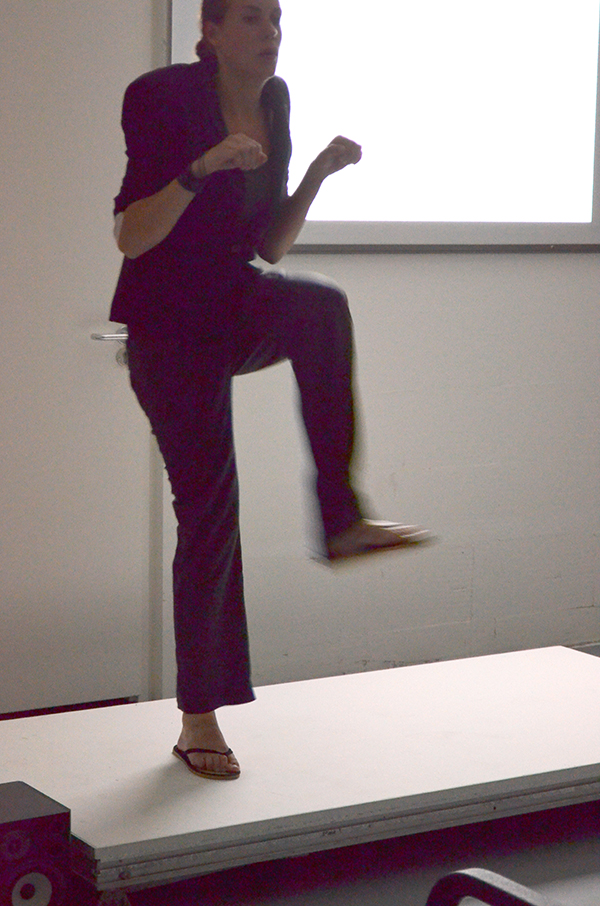
Lecture performance Roeren in een Onbestemde Soep at AKV St. Joost, 2012, Photograph by
Daphne Ongenae
To order the publication send an email to info@moniquehendriksen.nl
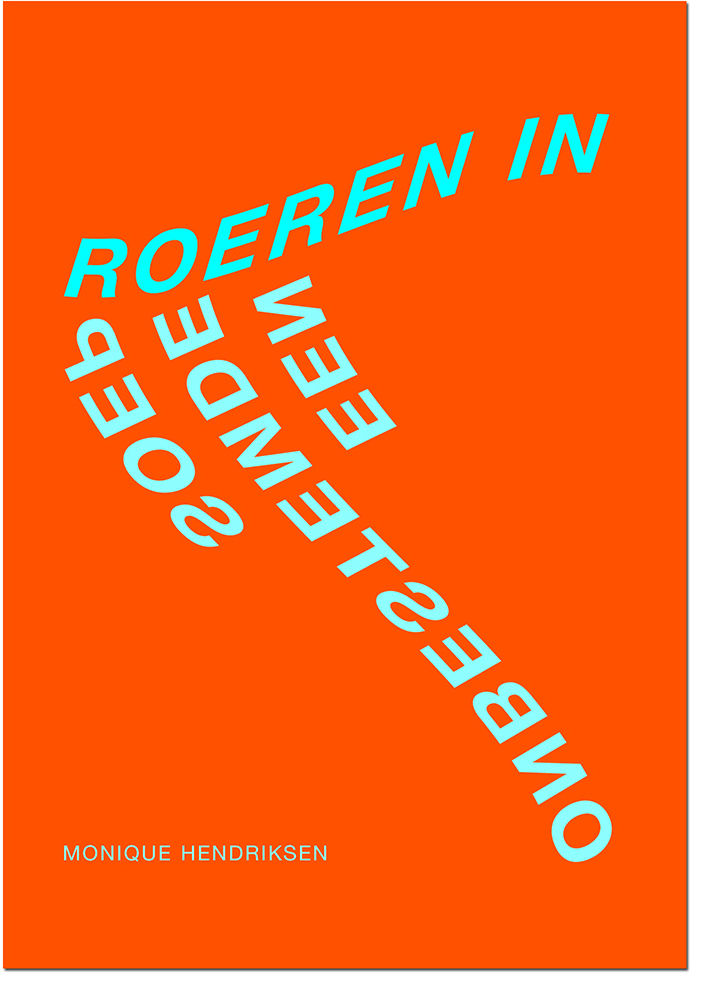
Publication Roeren in een Onbestemde Soep,
85p, 2012